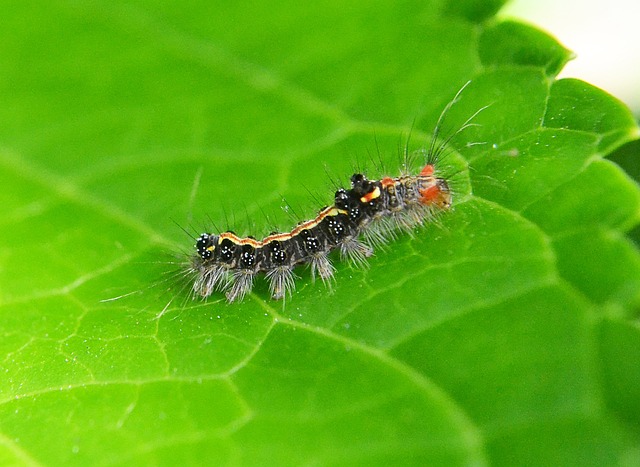In the Arvada area, proactive insect and disease management is crucial to protect nearby fruit trees from significant threats. Understanding pest habits, like ant trails and spread of diseases, allows for effective strategies. Key measures include regular inspections, sanitation, and tree-specific control products. Preventative steps like cleaning and airtight food storage deter common pests. Organic or Integrated Pest Management (IPM) strategies, including pruning, watering, and natural pesticides, minimize environmental impact while reducing pest damage. Regular maintenance, organic repellents, and promoting natural predators further reduce infestation risks, enhancing tree health through proper care and monitoring for signs of distress.
In the heart of your home, the kitchen can be a breeding ground for pests, particularly when it comes to fruit trees. This article explores effective pest control strategies tailored for your Arvada kitchen and surrounding areas, focusing on understanding common insect and disease issues that impact fruit trees. By implementing preventive measures, you can safeguard your trees from infestations and ensure a healthier, more vibrant landscape in and around Arvada. Discover expert tips and natural solutions to manage insects and diseases effectively.
- Understanding Common Kitchen Pests and Their Impact on Fruit Trees
- Effective Pest Control Strategies for Your Arvada Kitchen and Beyond
- Preventive Measures: Protecting Your Fruit Trees from Infestations
Understanding Common Kitchen Pests and Their Impact on Fruit Trees

In the cozy confines of your Arvada kitchen, it’s not just humans who enjoy the fruits of labor—a variety of insects and pests also find them irresistible. From ants and cockroaches to moths and termites, these unwelcome visitors can cause more than just inconvenience; they pose significant threats to nearby fruit trees. Many common kitchen pests feed on the sap, leaves, or fruits of trees, disrupting their growth and even leading to severe damage or disease transmission.
Insect and disease management for fruit trees near Arvada requires a proactive approach. Understanding these pests’ habits is crucial in devising effective prevention strategies. For instance, ants often lead other pests to fruit trees by leaving pheromone trails, while cockroaches can spread diseases like yeast and mold. Regular inspections, proper sanitation, and the use of pest control products specifically designed for trees can go a long way in keeping these invaders at bay.
Effective Pest Control Strategies for Your Arvada Kitchen and Beyond

Pest control in your Arvada kitchen involves a combination of preventive measures, cleaning routines, and strategic treatment options. Start by ensuring good hygiene practices, regularly cleaning surfaces, and storing food in airtight containers to eliminate attractants for common pests like ants, roaches, and mice. A thorough inspection of your kitchen and adjacent areas is crucial to identify potential entry points and infestations early on.
For effective insect and disease management, consider organic or integrated pest management (IPM) strategies that target specific pests while minimizing environmental impact. In terms of fruit trees near Arvada, regular pruning, proper watering, and seasonal applications of natural pesticides can significantly reduce pest damage. IPM methods encourage monitoring and the use of beneficial insects to control pests naturally, providing a safer alternative for both your family and the environment compared to synthetic chemical treatments.
Preventive Measures: Protecting Your Fruit Trees from Infestations

Protecting your fruit trees from infestations starts with comprehensive insect and disease management strategies tailored to the local environment, specifically in areas near Arvada. Regular maintenance is key; this includes meticulous cleaning, removing fallen fruits, and trimming branches to eliminate potential hiding spots for pests. Applying organic repellents and promoting natural predators like birds and beneficial insects can significantly reduce the risk of infestations.
Additionally, maintaining a healthy tree ecosystem involves proper watering and fertilization to boost their natural resistance against pests. Monitoring trees regularly for any signs of distress or unusual activity allows for early intervention, preventing small issues from escalating into larger, more damaging infestations in Arvada’s unique landscape.
In conclusion, effective pest control and preventive measures are vital for safeguarding fruit trees in and around Arvada from insect and disease infestations. By understanding common kitchen pests and implementing tailored strategies, residents can ensure the health and longevity of their fruit trees, promoting a vibrant and sustainable local landscape. These practices not only protect the natural environment but also contribute to the overall well-being and enjoyment of the community.
